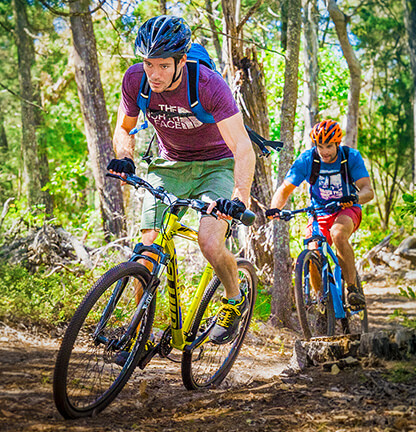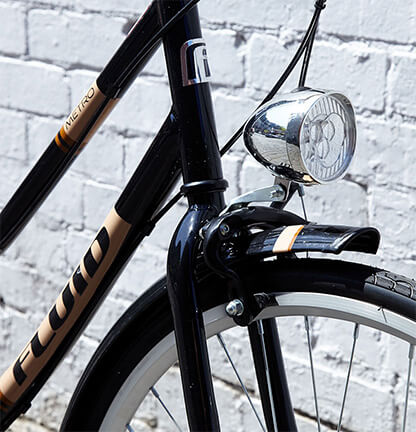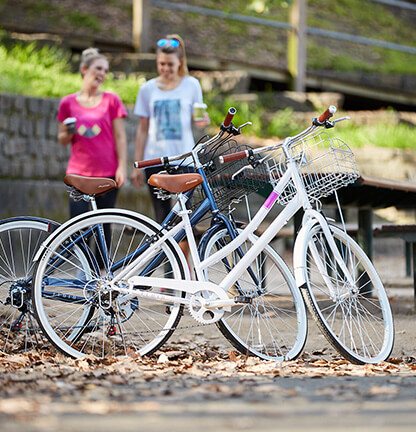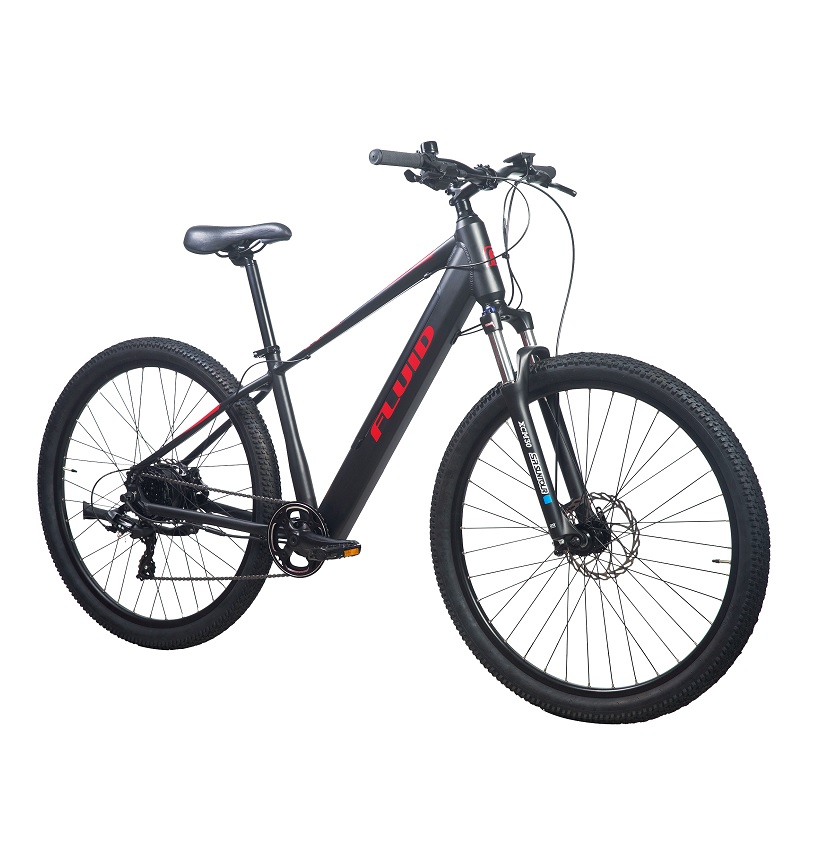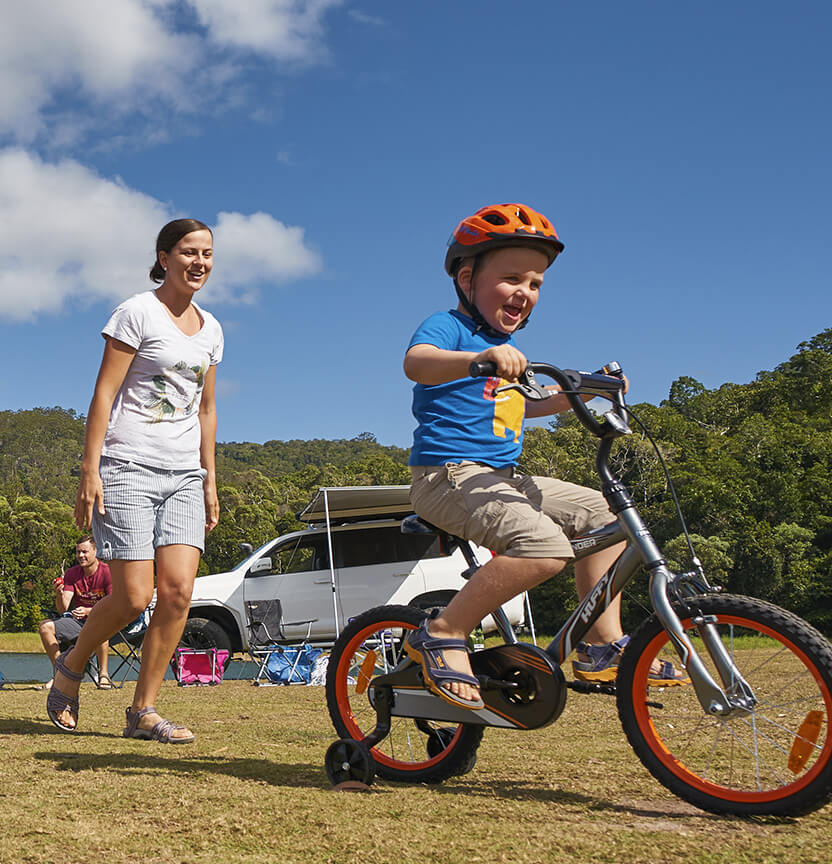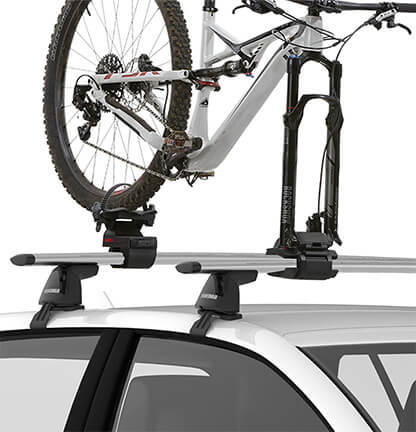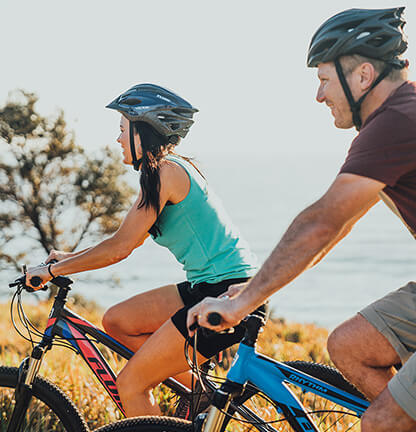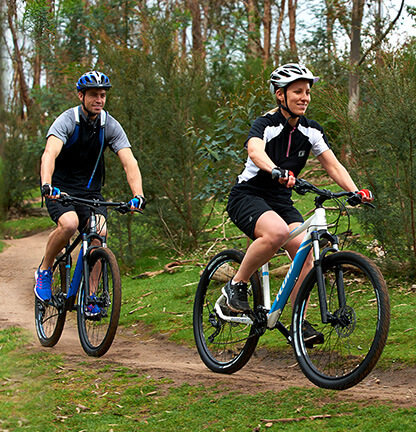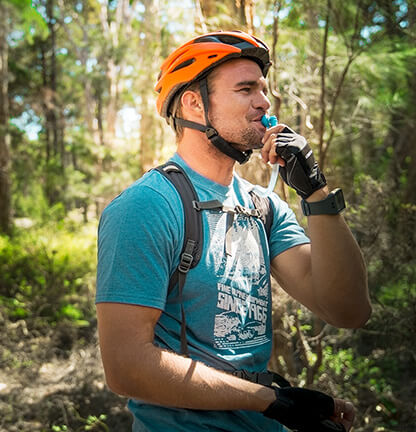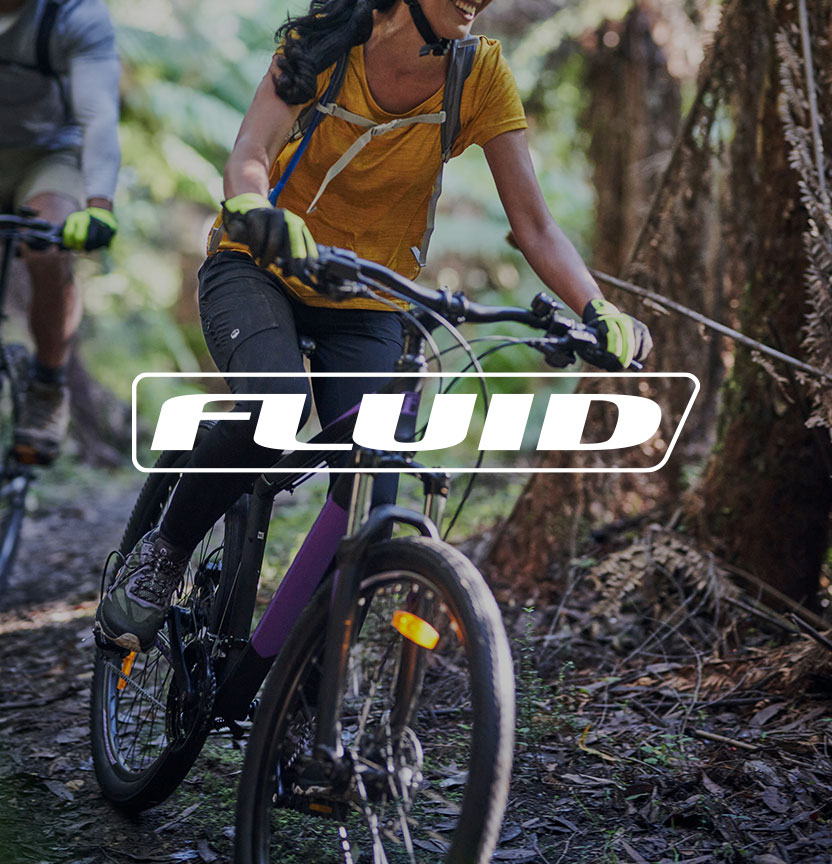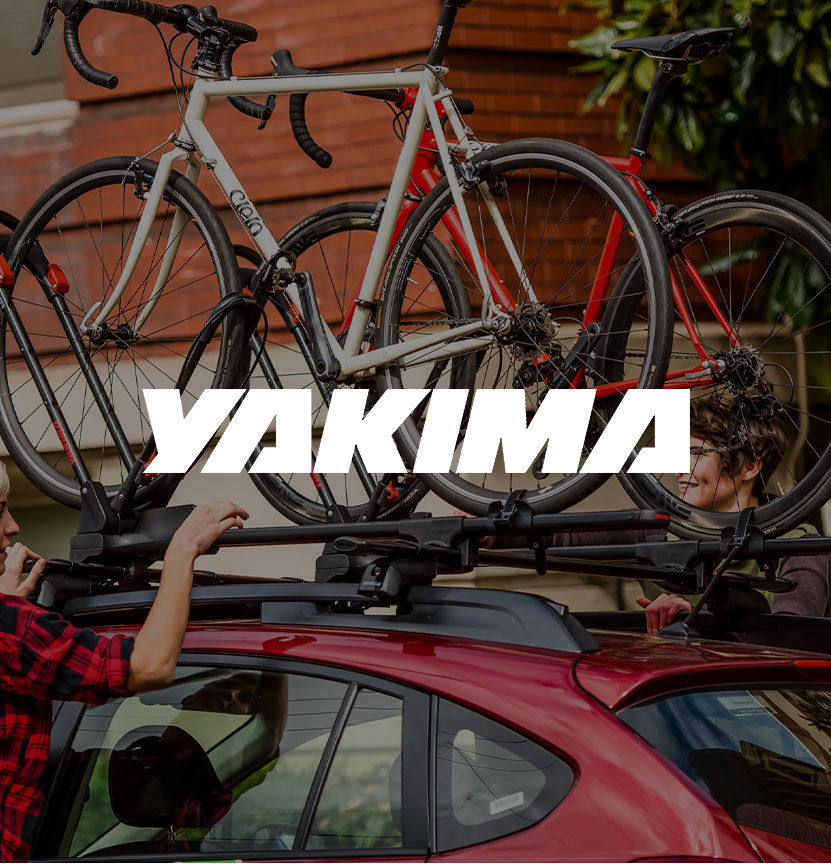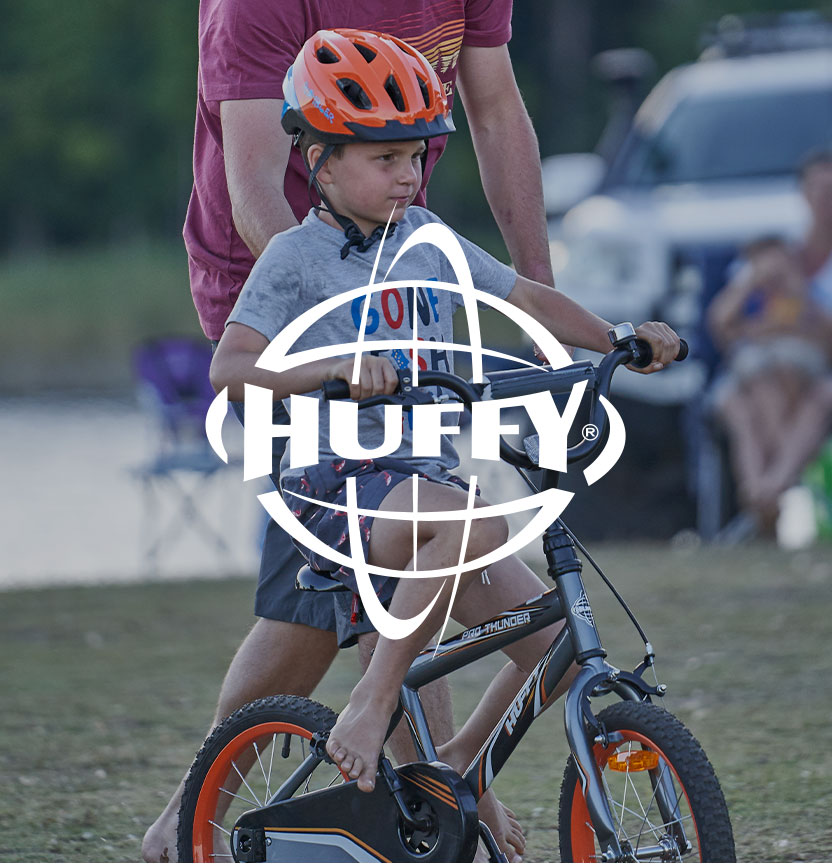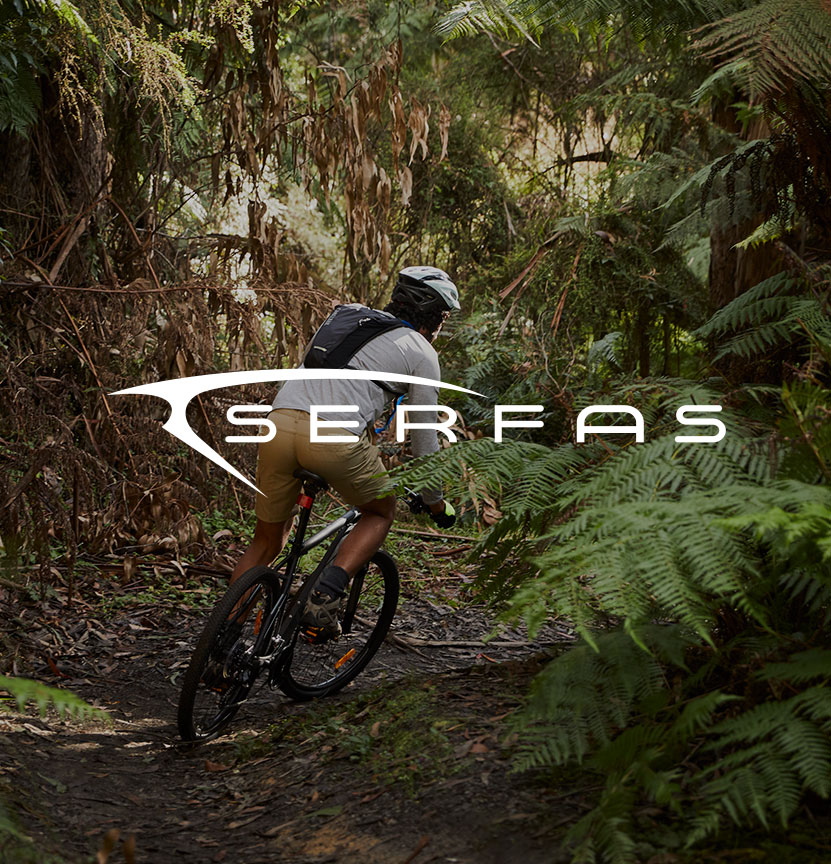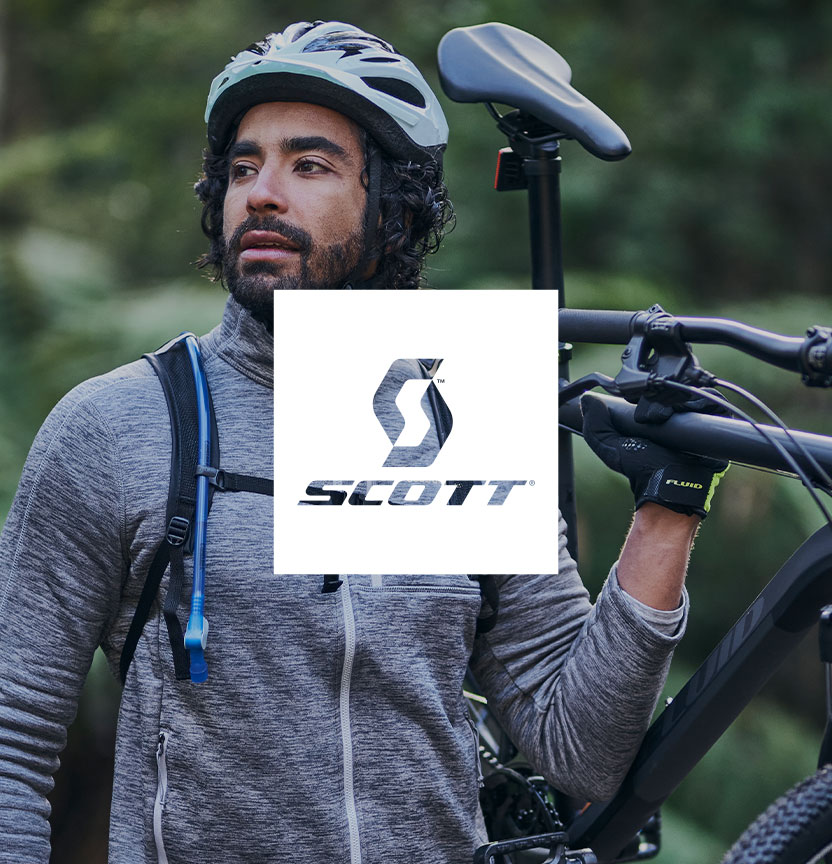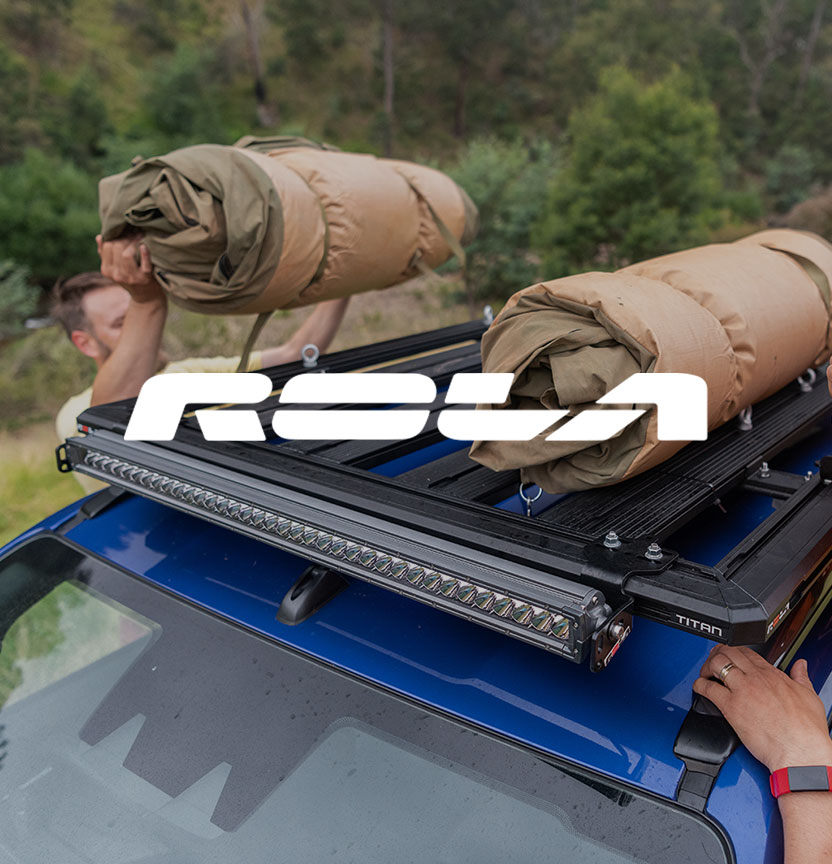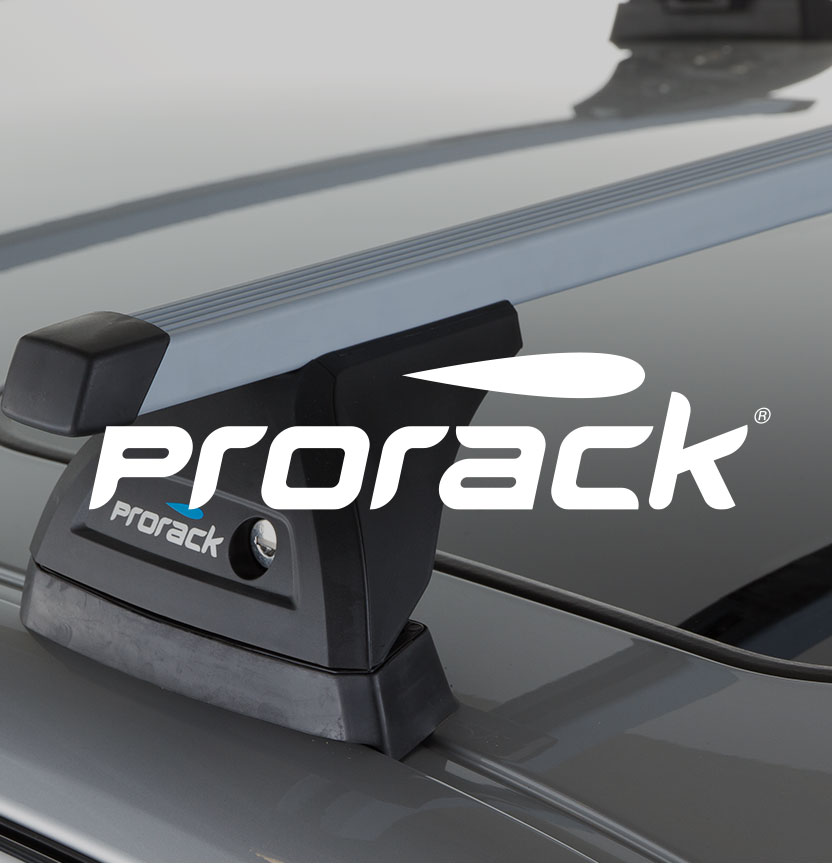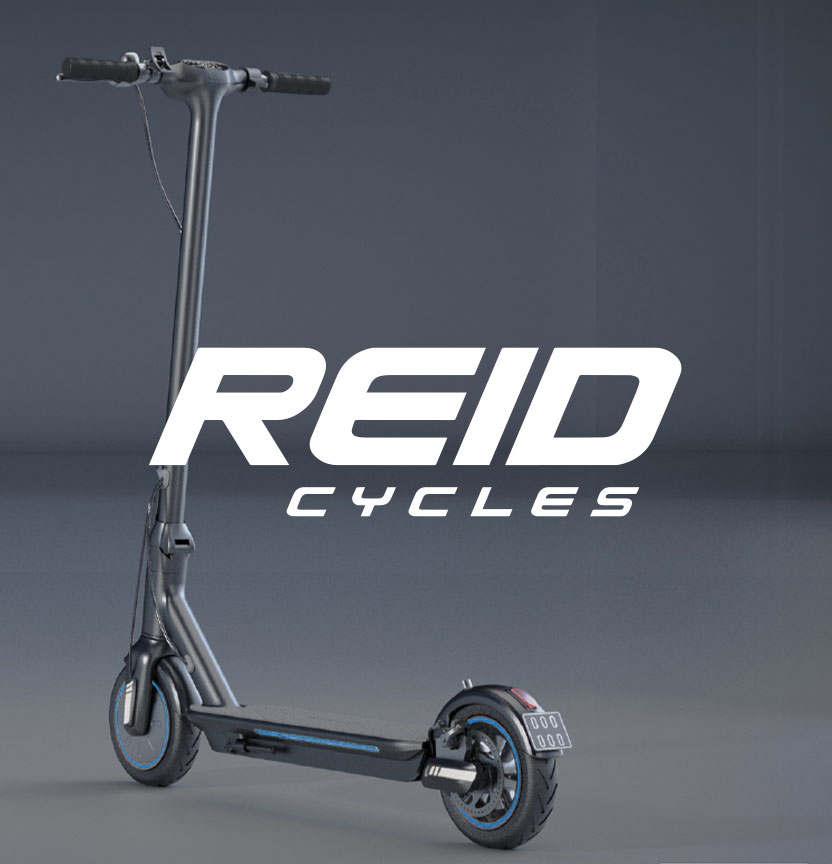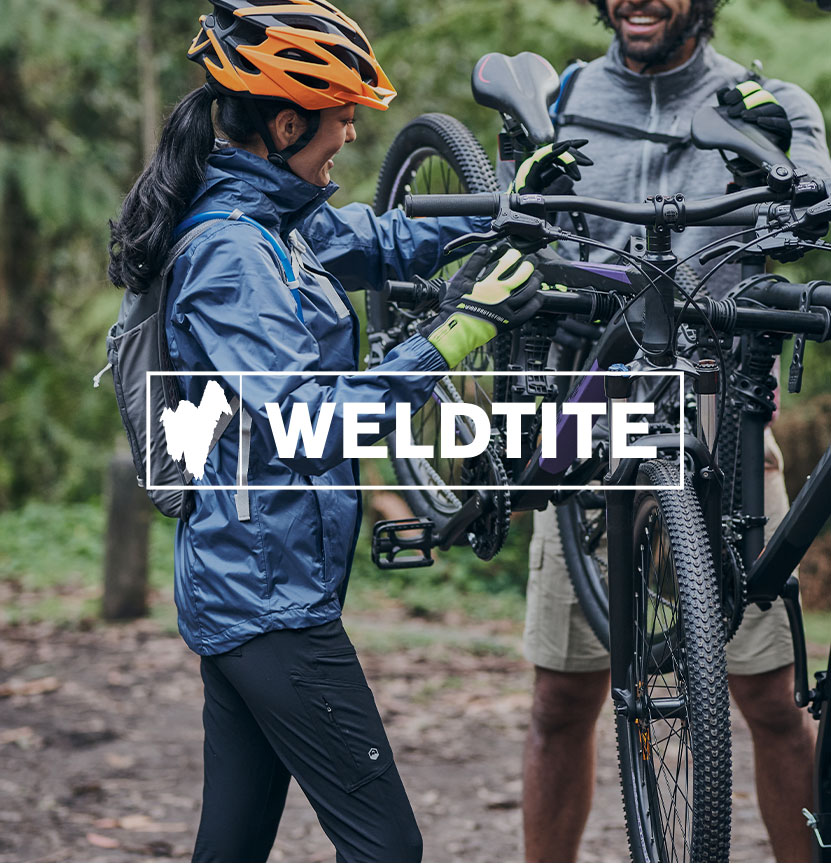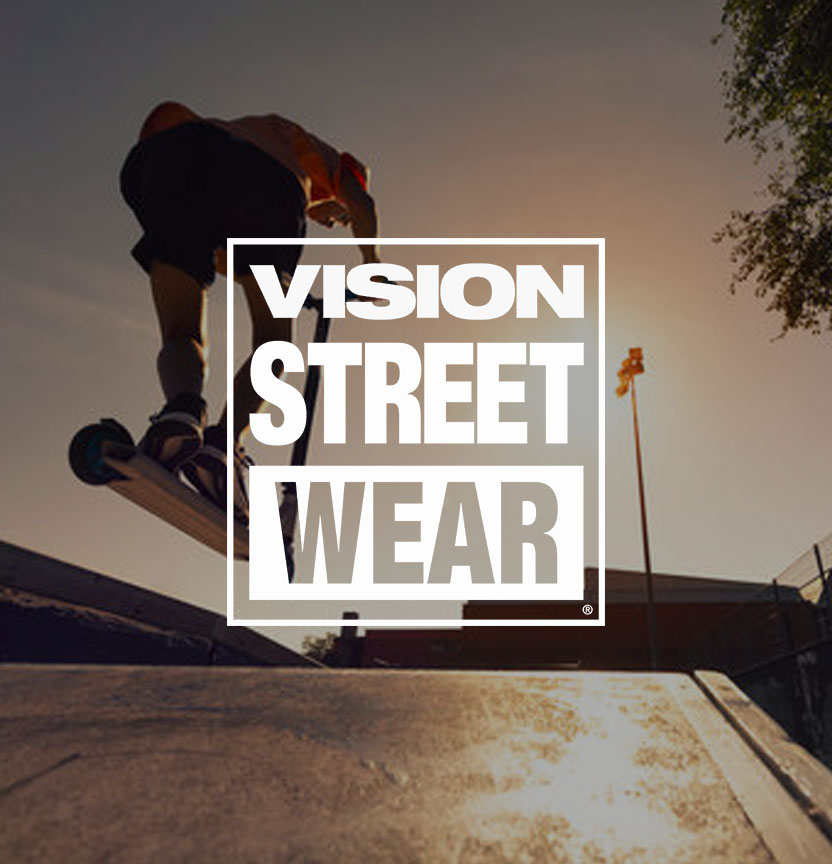| Your browser is not supported. | ||
|
Please browse our site using any of the following options:
| ||
Shop The Cycling Range At Anaconda
Bike riding is one of the best ways to stay fit and healthy and is the perfect family fun activity. We stock a huge range of family bikes, mountain bikes, commuter bikes and BMXs. With so many bikes to choose from, you can find the perfect bike for commuting, leisure trips, keeping fit, mountain biking or road racing. Refine your choices by selecting wheel size, number of gears, or one of the many other features on offer with all our bikes.
Now you have the bike you need to look the part. Anaconda has all the essentials, accessories, repair kits and storage you need for your bikes. You can also find a large range of helmets, clothing and footwear that is suitable for the whole family.
Check out our buying guides to learn more about choosing the right bike & cycling accessories.
